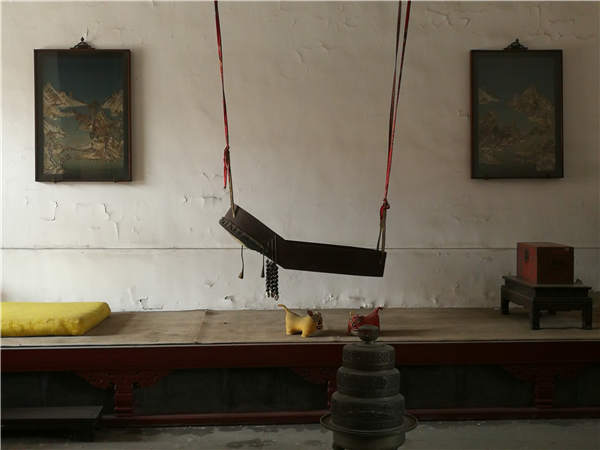 |
|
The cradle Harjol once used for her short-lived son.
|
Eleven years later in 1625, to further cement the relationship between this Mongol tribe and the rising Manchu power, Jerjer's 13-year-old niece, Bumbutai, was married to Huang Taiji. One year later, Huang Taiji, now 34, ascended to the throne, making Jerjer his empress.
Then, in 1634, Bumbutai's blood sister, Harjol, 26, was married, again to Huang Taiji. Harjol, four years older than Bumbutai, and would become the love of the emperor's life. (At a time when teenage marriage was the norm, especially for women, 26 was not regarded as particularly young, and many historians have postulated that Harjol was married previously, although there is no firm evidence of this.)
So fast had Harjol insinuated herself into the heart of the Manchu ruler that when Huang Taiji officially conferred titles on all his consorts in 1636, she was made head of all concubines, second only to Empress Jerjer, an aunt to her and Bumbutai.
This enviable position was reflected by the exact location of Harjol's palace in the harem quarters, right behind the Phoenix Tower in the Shenyang palace. Directly behind the back of the tower is Empress Jerjer's abode, flanked by two palaces on the right and two on the left. Harjol's Guanju Palace, first on the left-hand side, sat in the east. (Ancient Chinese considered east a more noble position than west.)
Here, those who have been to the Forbidden City in Beijing need to lower their expectations: the so-called palaces are much more humble versions of their Beijing counterparts. But still, back then, they were the height of luxury for those who had spent their days on horseback or in tents.

